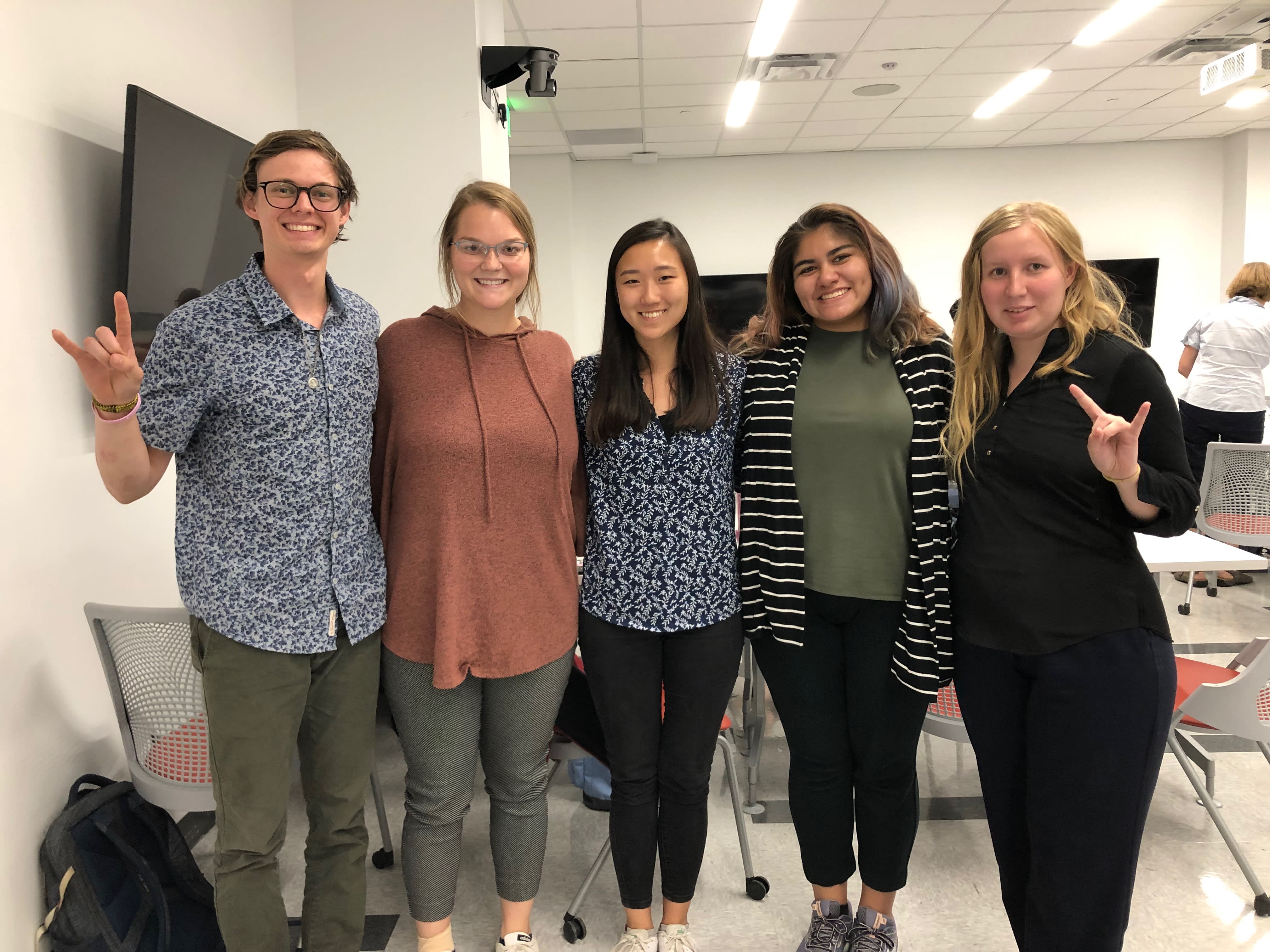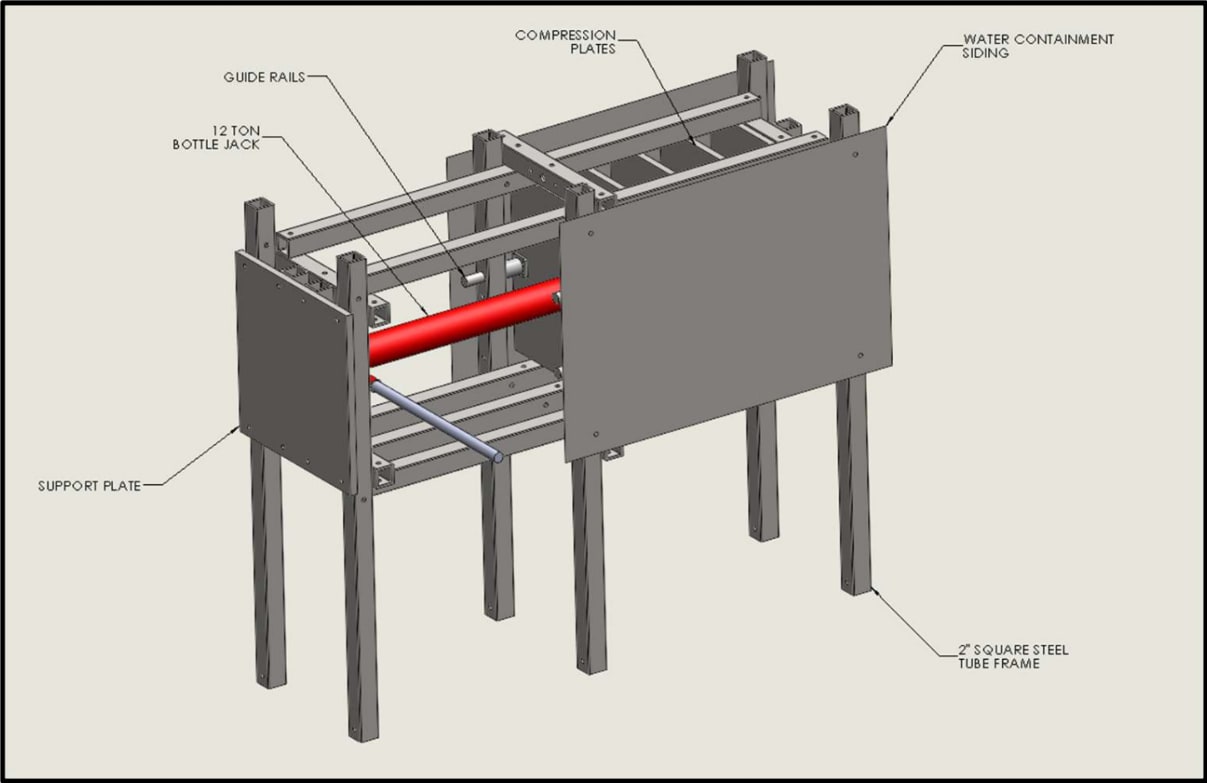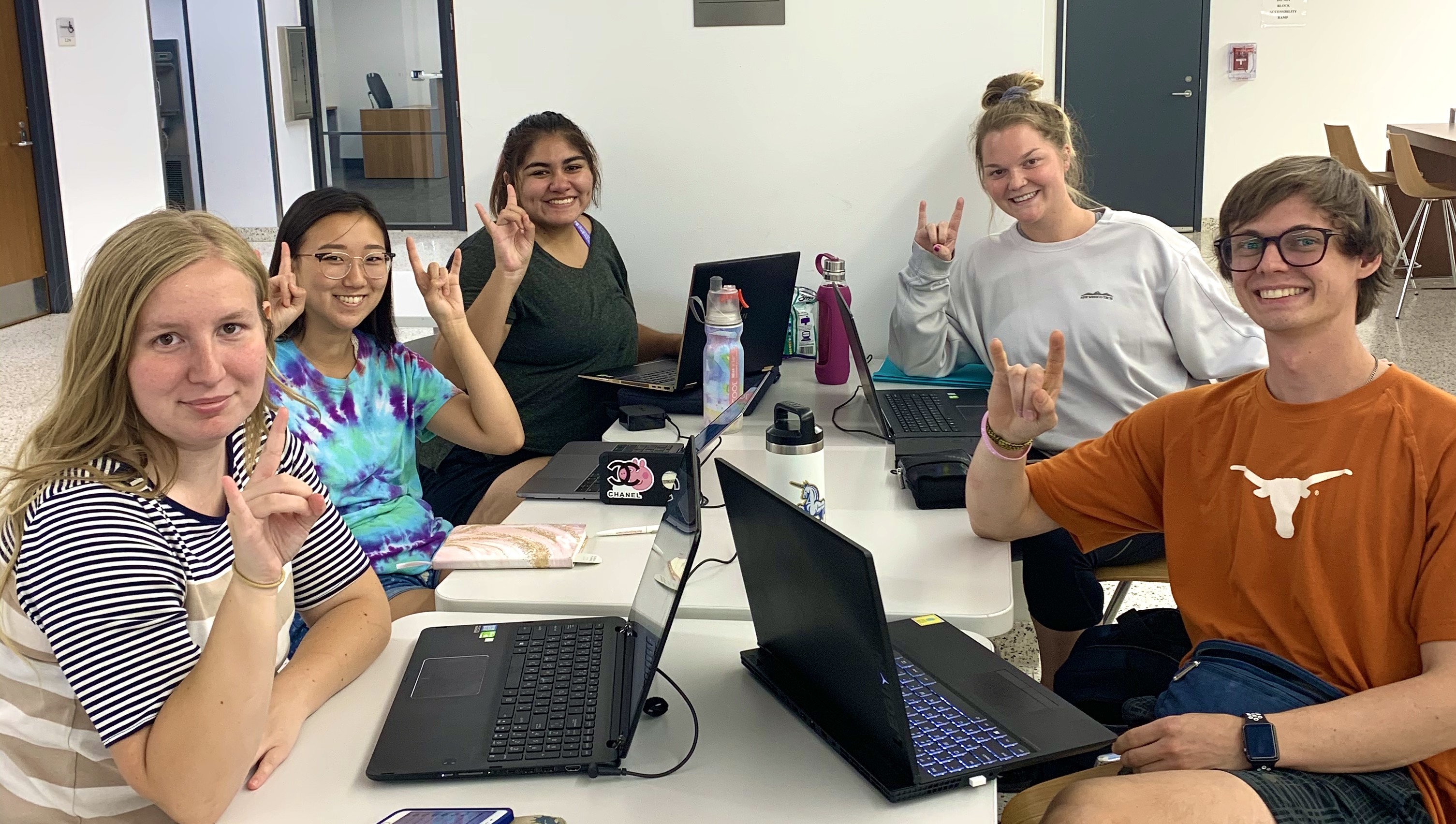This project is now in update mode. Check back regularly to see how things are progressing.
Help Team Dewater Improve Sanitation in Refugee Camps!
Who Are We?
We are a group of 5 undergraduate students from the Cockrell School of Engineering in the inaugural group of UT’s Humanitarian Product Design. The goal of this program is to develop products that improve conditions for marginalized, disaster stricken, or otherwise underserved populations. We work directly with the International Federation of the Red Cross (IFRC) to identify ways to address challenging humanitarian issues. We’ve committed to this project because we believe in engineering as a tool for creating a better world.

What is Our Goal?
Our goal is to provide an improved system for dewatering latrine waste in the Kutupalong Refugee Camp in Bangladesh. An estimated 700,000 Rohingya refugees have fled Myanmar into Bangladesh since August 2017, with the number continuing to grow everyday. We want to design a safe and effective dewatering device to process sludge in a batch process of 10 m^3 daily.
How are we achieving this?
We are currently exploring two different designs. The first design builds off of a prototype that a previous design team constructed (shown below). This design consists of a manually operated hydraulic press that compresses a mesh bag filled with latrine waste between solid plates. The second design concept involves using air pressure to force water through a filter, leaving the dewatered latrine waste behind.

We Need Your Help!
We hope you agree with us that this is a tremendous problem that cannot be ignored. The only way we can make our goal a reality is through your generous donations! We require funding to develop prototypes, conduct tests, and improve upon our designs. By donating today you are allowing us to improve living conditions for the world’s largest refugee populations.
$18
Solid Donation
For our device to process a goal of 15-18% final solid by mass content of latrine waste in refugee camps
$125
Testing the Waters
Depending on the amount of rainfall in Cox's Bazar, the total solid by mass content in the waste can range from 1 to 5%.
$347
Taking Care of Business
For the 34,700 latrines that have been deemed unusable and unsanitary inside the camp.
$919
Supporting the Population
For the current population of nearly 919,000 people living in Kutupalong Camp, Cox’s Bazar, Bangladesh
$1,295
A Lot of Ground to Cover
For the area of the Kutupalong refugee camp (12.95 square km), which is 10 times the area of the UT Austin campus
$2,500
Number 2 Supporter
For the approximate 250,000 cases of disease caused by poor sanitation.
$5,000
The Total Package
For the entire Dewatering Device to be developed and implemented in refugee camps!







